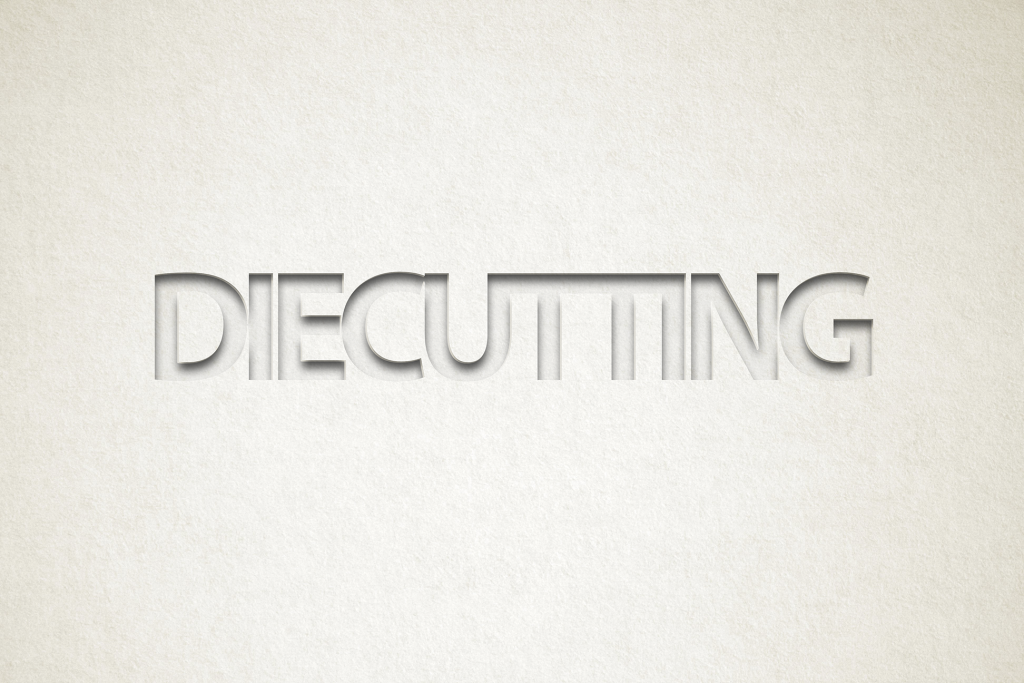Special finishes course – die cutting
Die cutting
Die cutting involves sharp metal being bent into a specific shape, then mounted onto a strong backing. The resulting ‘die’ is then pressed down on top of the paper to create consistently cut shapes. The process is not as accurate as laser cutting but it’s better suited for large print runs.
Things to consider
- Cutting guides should be set up in InDesign or Illustrator as paths using either the Pen or Frame tools.
- The stroke should always be coloured a 100% tint of your cutter guide spot colour and set to overprint.
- The recommended stroke weight is 1pt and the minimum is 0.3pt.
- Printed areas that are die cut should always bleed off by at least 3mm.
- Keep in mind that die cutting is not laser accurate so movement does occur on press by anywhere up to 3mm (1.5mm in any direction).
- Sharp angles and intricate shapes cannot be maintained with a die cutting tool. These types of shapes should have a minimum corner radius of 3mm.
- Allow at least 3mm distance between die cut shapes to avoid paper breakage and cutter jamming issues.
- Printers will usually supply a die cutting guide as a PDF for instances involving construction. To use the Printer supplied PDF you must open it in Illustrator, create relevant spot colour, recolour all the cutter elements with it, set it all to overprint and then paste it in place onto a new layer in your InDesign document.

